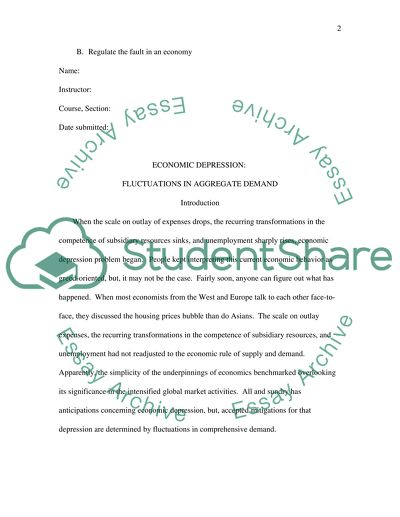Cite this document
(Economic Depression: Fluctuations in Aggregate Demand Term Paper - 1, n.d.)
Economic Depression: Fluctuations in Aggregate Demand Term Paper - 1. Retrieved from https://studentshare.org/macro-microeconomics/1549039-macroeconomices
Economic Depression: Fluctuations in Aggregate Demand Term Paper - 1. Retrieved from https://studentshare.org/macro-microeconomics/1549039-macroeconomices
(Economic Depression: Fluctuations in Aggregate Demand Term Paper - 1)
Economic Depression: Fluctuations in Aggregate Demand Term Paper - 1. https://studentshare.org/macro-microeconomics/1549039-macroeconomices.
Economic Depression: Fluctuations in Aggregate Demand Term Paper - 1. https://studentshare.org/macro-microeconomics/1549039-macroeconomices.
“Economic Depression: Fluctuations in Aggregate Demand Term Paper - 1”, n.d. https://studentshare.org/macro-microeconomics/1549039-macroeconomices.


